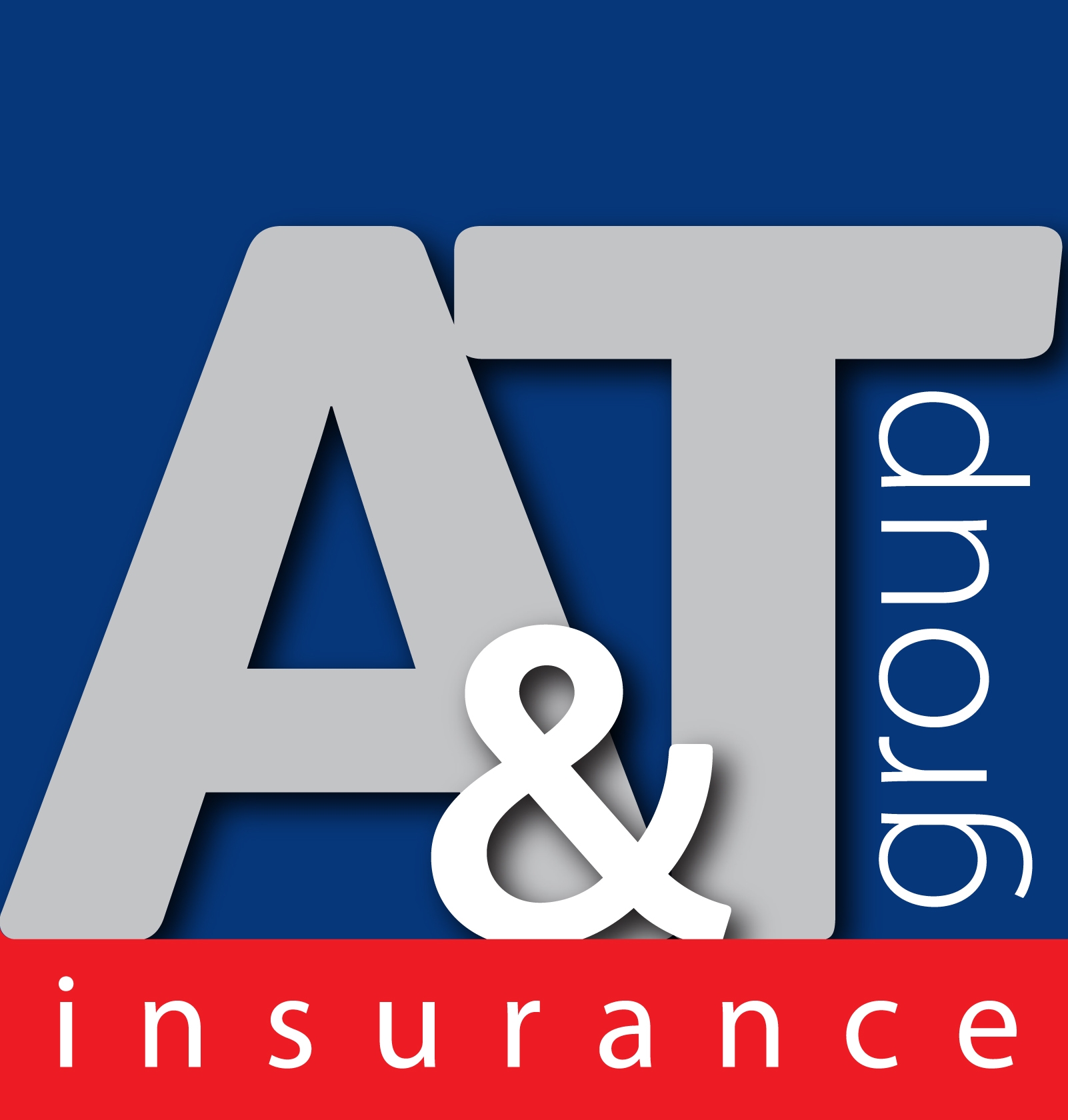Coronavirus (COVID 19): Returning To Work Guidance

The coronavirus (COVID-19) pandemic has hit pause on many businesses across the UK. There is uncertainty about how long COVID-19 will affect your business. However, following recent government announcements, many employers are now looking at a gradual return of their employees to the workplace.
As the government lays out their returning to work guidelines for various workplaces across the UK, Alan & Thomas insurance brokers are here to help with some of the detail. We will take you through the latest advice for employers on how to integrate your employees back into the workplace and provide some helpful tips and guidance to make the transition as streamlined as possible.
5 Workplace Health and Safety Guidelines
As your staff gradually return, the government has also announced the following 5 steps to work safely which should be implemented as soon as it is practical:
- Continue to work from home where possible
- Perform Covid-19 risk assessments and publish online
- Maintain two metres’ social distancing, wherever possible
- Where social distancing is not possible, manage virus transmission risk with barriers, change shift patterns and minimise the number of people working together, and
- Improve cleaning measures
What Are The Benefits Of Returning To Work After Lockdown?
The benefits of a return to work plan are indisputable and include:
- Increased employee engagement
- Proactive cost containment
- Increased communication
- Improved morale
Having a ‘return to work plan’ in place will benefit your employees as they will feel supported and motivated by their employer which in turn will increase their engagement, productivity and loyalty to the company and ultimately will benefit you in the future.
Whilst you should make every effort to ensure the plans are tailored to each individual and their needs, you can use the basics of a return to work plan to build your company’s approach to asking employees to return to work following the COVID-19 pandemic.
Let’s take a look at some key industries and how you can apply the current guidelines to ensure a safe environment for your staff:
Guidance To A Safe Office Return
You should continue to work from home where possible. The only staff returning to the office at this point may include employees whose role is critical to the success of operational continuity, including safe facility management or regulatory requirements. Also, individuals who are unable to work remotely due to exceptional home circumstances may also return to the workplace.
Social distancing at work is paramount. Staggering arrival and departure, as well as break times, should be considered. Is keyless entry at your office location available? If not, this may be something you should consider installing going forward to ensure virus transmission is minimised. One-way systems should be implemented where possible to enforce the recommended 2-metre social distancing rule. Use floor tape to mark areas to help workers keep their distance.
Going forward people should be placed to work side by side or facing away from each other rather than face-to-face. If this isn’t viable in your workplace, use screens to separate people from each other. Desks and any shared computer and office equipment should be cleaned and sanitised between different occupants. Discourage your staff from using other workers’ phones or desks. Objects and other surfaces that are touched regularly should also be cleaned regularly. Provide staff with an easily accessible supply of antibacterial cleaning wipes for this purpose.
Meetings should be held virtually as opposed to in-person unless a 2-metre distance between attendees can be achieved. Workspaces should be cleaned and waste and employees’ belongings removed at the end of a shift.
Construction Sector Guidance
Recommendations for the reopening of sites include:
- Carrying out regular risk assessments
- Additional Health & Safety auditing by the Health & Safety Officer
- Staggering arrival and departure times, as well as break times, should be considered
- Creating zones on a site to minimise the chance of workers spreading the virus
- Hand tools, surfaces, materials, controls and machinery should be sanitised after use
- Minimise the number of contractors working in confined spaces at any one time
Factories & Warehouses Sector Guidance
Here is the guidance issued by the Government for people who work in or run factories and warehouses:
- Ensure surfaces that are regularly touched are frequently cleaned
- Stagger shift times by operating for a longer number of hours during the day
- Deliveries from suppliers and collections from hauliers should be larger and less frequent to minimise contact with visitors
- Whilst the government has not recommended additional PPE, you know your business and should do everything to keep your staff safe so consider if additional PPE is appropriate. Making it available can go a long way in showing your willingness to support your staff.
Guidance For Restaurants Offering Takeaway Or Delivery
The Government guidance for people who work in or run restaurant offering takeaway or delivery services includes:
- Minimise contact between kitchen workers, front-of-house workers and delivery drivers by ensuring they are wearing adequate Personal Protective Equipment (PPE)
- Implement zones where delivery drivers can collect safely concealed food items
- Install screens between front of house workers and members of the public although do try and restrict access to the premises for customers collecting takeaways for now
- Two-metre markings should be made available for customers queuing for collection
- Ask your customers to order ahead to reduce queues and manage pick-up times
- Operate a one in, one out rule
- Encourage contactless payments
- Social Media is your friend here. Consider reaching out to your customers via social media as they are all keen to know when and how you will be reopening.
Guidance For People Working In Other’s People’s Homes
Whether you are working in, visiting or delivering to a home environment you should aim to discuss with households ahead of a visit to ask that a two-metre distance is observed and that internal doors are left open to avoid using any door handles.
If visiting a block of flats, when using the entry system, discuss with the occupier the options available to you both to allow for a socially distanced interaction whilst you carry out your role.
For home deliveries (involving heavy items such as furniture) consider using a fixed pairing system – and allocating the same workers to a set area/postcode.
Guidance For People Working In Or From Vehicles
The below recommendations apply to couriers, mobile workers, lorry drivers, on-site transit, work vehicles, etc.
- Frequent cleaning of equipment, door handles, fuel pumps and vehicle keys
- Cleaning vehicles after each shift if the vehicles are operated by different drivers
- Aim to allocate a vehicle to a specific driver if the size of your fleet allows this
- Encouraging workers to wash hands before boarding vehicles
- Provide your drivers with adequate supplies of hand sanitiser or wipes within vehicles to enable workers to clean hands after each delivery or drop-off
Guidance For People Working In Or Running Shops
Whilst some food stores and pharmacies are allowed to trade we know that from the middle of June, clothing and furniture stores and other smaller outlets are allowed to reopen. There is a lot you can do to adapt to the 2-metre social distancing rule allowing your customers to return:
- Calculate the maximum number of customers that can follow two-metre social distancing within the store
- Limit the number of customer’s in-store at any one time
- Where the layout of your store does not allow for customers to always remain 2 metres away from each other, use floor markings and navigate a one-way system around your store.
- Try to monitor the effect of queuing outside your store to ensure it doesn’t affect the operation of any other business
- Split your employees into teams or shift groups but be considerate of personal circumstances affecting your employee’s flexibility with this. Engage and discuss
With all the businesses we have tapped into above, we cannot stress that PPE is important and a helpful tool for making your employees feel a little safer. Even if the type of trade you are in doesn’t require the same level of PPE as doctors and nurses require in hospitals, have sanitizer and antibacterial wipes available always.
At the moment, doing everything in your power to be an accommodating and risk-aware employer will go a long way in demonstrating that you have done all you can to ensure the safety of your employees in the workplace. Where the fault lies for any incidents in the workplace off the back of this pandemic is yet to be tested. That’s why we recommend businesses to protect their financial assets with a D&O liability insurance policy.
With all the tips we have shared and how these apply to a number of trades, you can always refer to our Alan & Thomas Risk Management Services Covid-19 Resource Hub and Business Reactivation Toolkit for a more in-depth guide on how to go further with these new measures being taken in the workplace.
As well as providing recommendations on how to adapt to working alongside the virus, we also want to provide you the tools to make the process a lot easier. There are so many great tools and resources that you have access to in the A&T Risk Management Service including our Risk Assessment Template which you can adapt to suit the needs of your business and we have now made free for everyone - download your copy.
Alternatively, talk to us today on 01202 754900 and our expert broker team will help you find a competitive commercial insurance solution that suits you.
